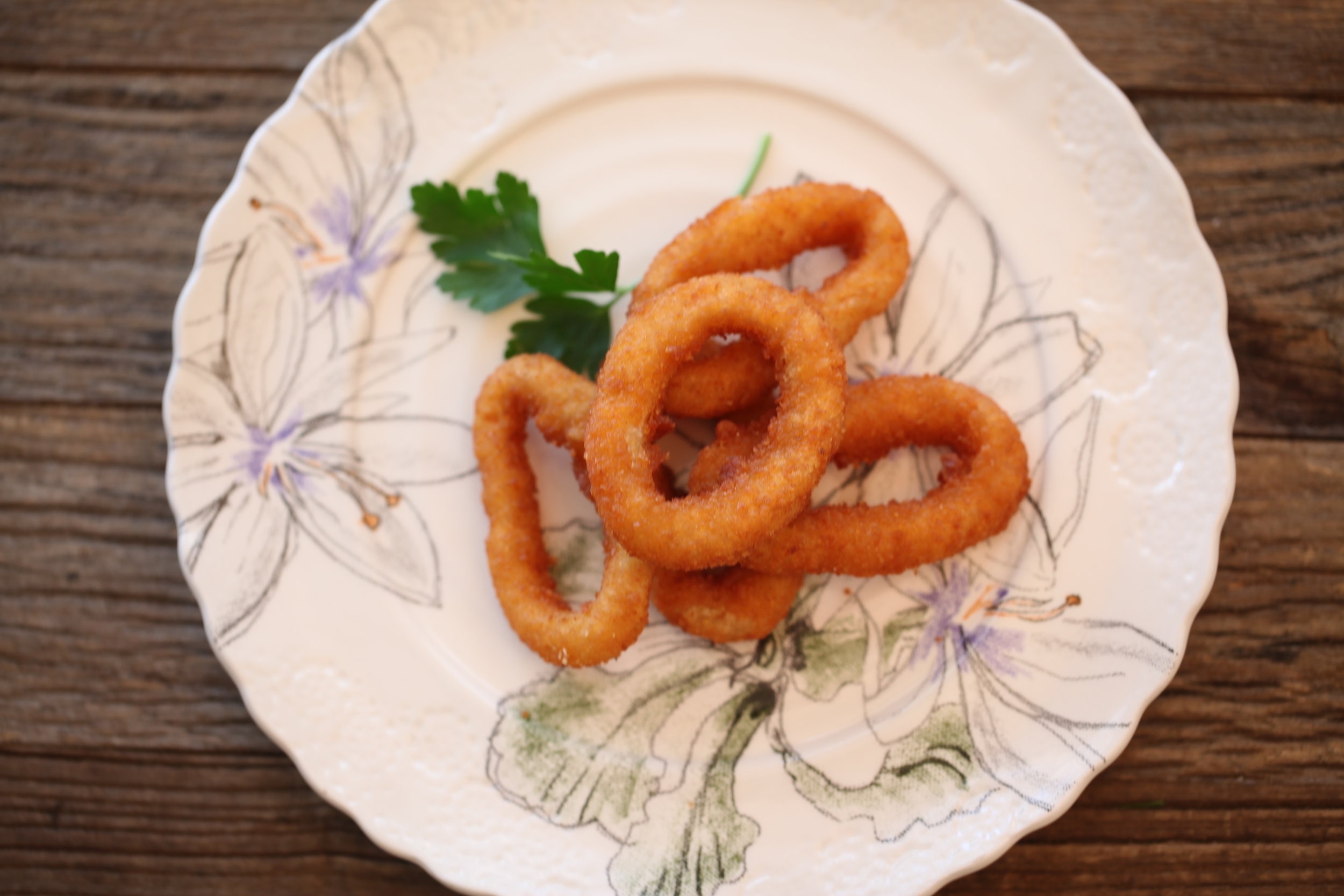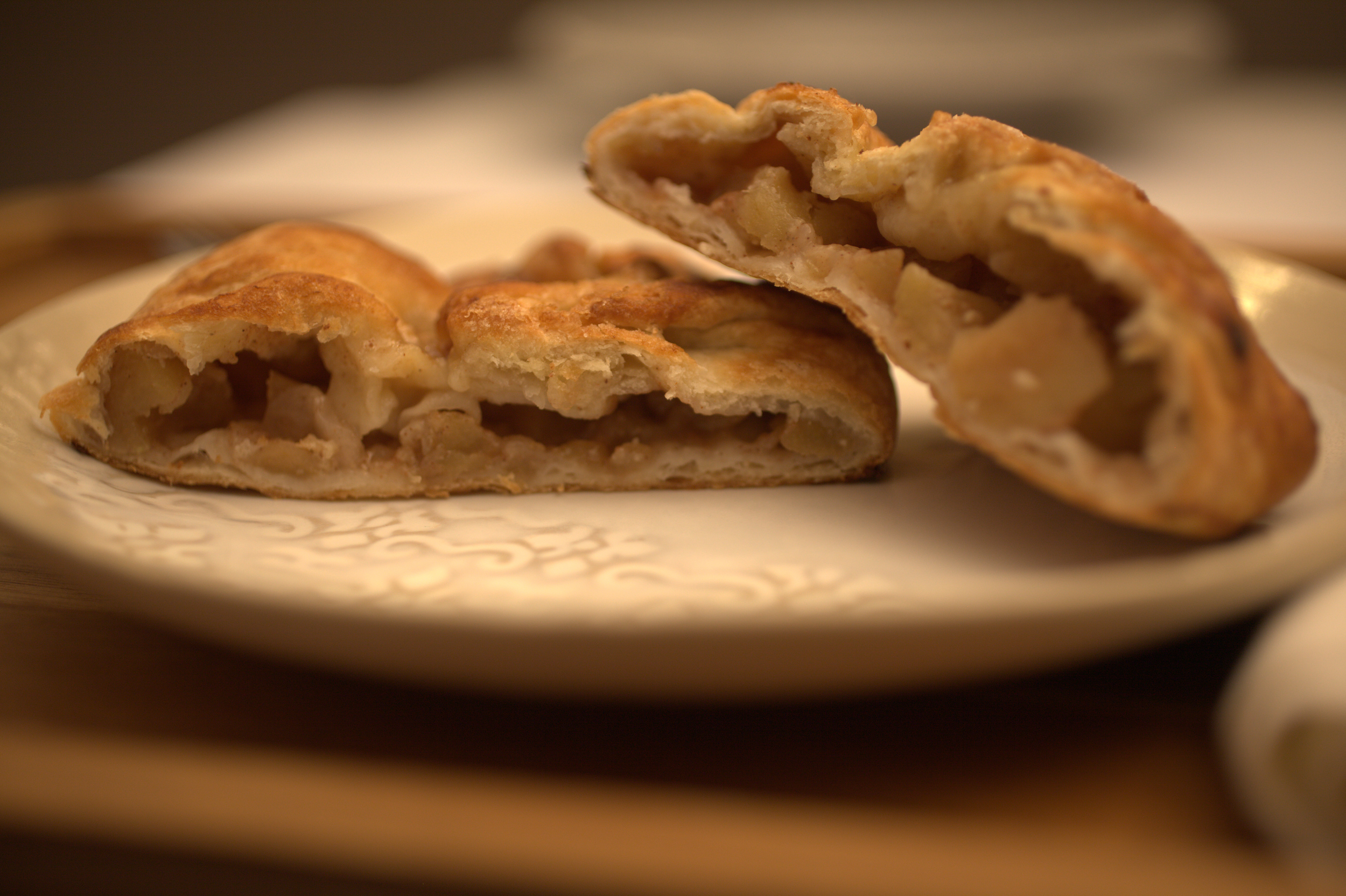Photo Credit: everydayhealth.com
For better or worse, everything you eat plays a role in your physiological functioning. It either nurtures or hinders the functioning of our cells and the systems of our bodies. This is why it is so important to eat as many organic and wholesome foods as possible. They are laden with rich nutrient profiles, which bolster the performance of our bodies. Scientific studies have gone so far as to identify the nutrient profiles of foods, helping you to determine which foods to consume if you are looking to target a certain function of the body.
If you are inclined to forgetfulness or amnesia, lack of sleep, high stress levels, and lack of certain nutrients in your body are all playing a contributing role in tampering with your ability to retain information. In order to counter the effects, you will need to adjust your lifestyle and environmental factors. The following four foods are proven to significantly improve your memory:
Dark Chocolate
Chocolate is widely regarded for its delectable taste and mouth-watering aroma. It is also commonly considered to be an excellent mood booster. What is not as frequently recognized is cacao’s scientifically proven brain-boosting compounds. Dark chocolate is laden with antioxidants, caffeine, and flavonoids, which are all memory-boosting agents. Flavonoids, for example, are responsible for improving the learning and memory areas of our brains.
Oranges
It has been scientifically proven that Vitamin C plays an essential role in the functioning of your nervous system, which also plays a contributing role in boosting your memory. You can acquire your daily dose of Vitamin C by eating one medium-sized orange. Vitamin C is considered to contain large traces of antioxidant compounds, which are responsible for protecting your brain cells against free radicals. It also promotes the wellness of your brain, which, in turn, boosts your memory.
Green Tea
Green tea consists of a large number of compounds that are responsible for the nourishment of your brain. Similar to dark chocolate, it contains a high amount of caffeine, which improves memory, focus, and alertness. It also contains L-theanine, which is responsible for boosting the activity of your brain’s neurotransmitter to help you memorize and focus better. It also enhances the frequency of your brain’s alpha waves, which help you to relax without making you feel exhausted. Green tea also contains an abundance of antioxidants and polyphenols, which are responsible for protecting your brain from Parkinson’s and Alzheimer’s.
Broccoli
A majority of people don’t realize the value of broccoli as a staple diet food, excluding it from their daily meals. As such, they are missing out on the compounds found in broccoli, some of which are proven to significantly improve memory and attention span. Broccoli is laden with a range of powerful antioxidants, which are considered important for the nourishment of your nervous system. Additionally, the vegetable contains large traces of Vitamin K in it, which is responsible for the production of sphingolipids in our brains cells, which strengthens our nervous system. A study shows that taking Vitamin K in abundance is linked with improving your memory.
From Vitamin K to caffeine and antioxidants, there are many routes to a better memory and more nimble mind. Try adding the above foods into your daily diet and for an extended period of time in order to see changes. Struggling with creative ways to eat these foods? Check out the recipes below!
BONUS: CHOCOLATE COVERED CLEMENTINES RECIPE
Photo Credit: meganscookin.com
Ingredients
3/4 cup vegan bittersweet chocolate
1/4 tsp allspice
1/4 tsp cinnamon
Coarse grain sea salt
5 clementines, peeled and segmented
Instructions
Line a baking sheet with parchment paper. Melt chocolate, stir in allspice and cinnamon. Carefully dip clementine sections until 2/3 of the fruit is covered. Place on baking tray and sprinkle with sea salt. Place in fridge for 1 hour before serving.
BONUS: LEAN GREEN MACHINE SMOOTHIE
Photo Credit: liveeatlearn.com
Ingredients
2 green tea bags
1/3 cups broccoli florets
1/2 cup cucumber
1 tbsp mint leaves
1 green apple
1 banana
1 cup spinach
4 ice cubes
Instructions
Boil a pot of water. Pour out two cups of hot water and steep the two green tea bags for 3–4 minutes.
Combine rest of ingredients in a blender. Pour in green tea and blend until smooth.
_____
This article was written by Wheeler del Torro, Nutritional Anthropologist & Founder of Seasonality Spices.




































